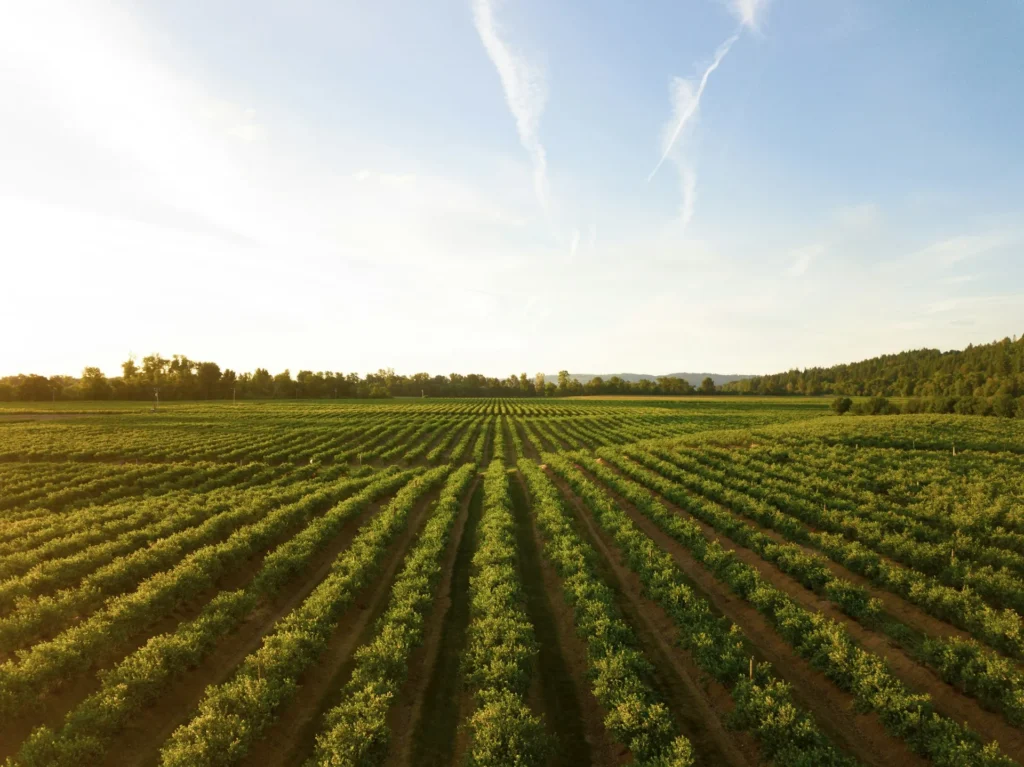In an era where sustainability is more than a buzzword, the agricultural sector is increasingly turning towards practices that not only preserve but enhance the ecological balance. Regenerative farming emerges as a beacon of hope, offering solutions that lead to profitability while respecting the planet. Read on to discover how transitioning to regenerative farming can transform the economic landscape for farmers.
Understanding Regenerative Farming
Regenerative farming is a holistic approach to agriculture that seeks to restore and enhance the natural processes within a farming ecosystem. Unlike traditional farming, which often depletes the soil and environment, regenerative techniques focus on soil health, water management, and biodiversity. By revitalizing the soil, regenerative farming sets the foundation for sustained agricultural productivity and ecological health.
Reducing Costs with Regenerative Techniques
One of the most compelling arguments for regenerative farming is its potential to significantly reduce input costs. Techniques such as cover cropping, no-till farming, and rotational grazing reduce the need for chemical fertilizers and pesticides, lowering the financial burden on farmers. These practices not only save money but also build soil fertility and structure, reducing erosion and water usage.
Increasing Agriculture Yields
Though regenerative farming may require a transitional period, the long-term benefits include increased crop yields. Healthy, nutrient-rich soils produce robust crops that are more resilient to drought, disease, and pests. Farmers around the world have reported higher yields and improved quality of produce after shifting to regenerative methods, demonstrating the tangible benefits of this approach.
Meeting Agriculture Market Demand
The market demand for organic and sustainably produced food is on the rise, driven by consumers who are more conscious about the environmental and human health impact of their food choices. Regenerative farming meets these demands head-on by providing products that are not only eco-friendly but also of higher nutritional quality. This alignment with market trends opens new, lucrative avenues for farmers.
Enhancing Farming Financial Sustainability
Beyond immediate profitability, regenerative farming practices enhance long-term financial sustainability. By improving the land’s natural fertility and reducing dependency on costly inputs, farms can become more economically viable. Furthermore, many regions offer governmental incentives for sustainable farming practices, providing financial support to those who adopt regenerative techniques.
Final thoughts
Regenerative farming represents a transformative shift in agricultural practices, offering a route from struggle to success for today’s farmers. By investing in the health of the land, farmers are laying the groundwork for a profitable and sustainable future.
For farmers interested in making the transition, start by integrating one or two regenerative practices into your farming operations. Seek out local cooperatives, educational resources, and government programs that support sustainable agriculture. The journey towards regenerative farming is not just about individual success but about building a resilient agricultural future.

